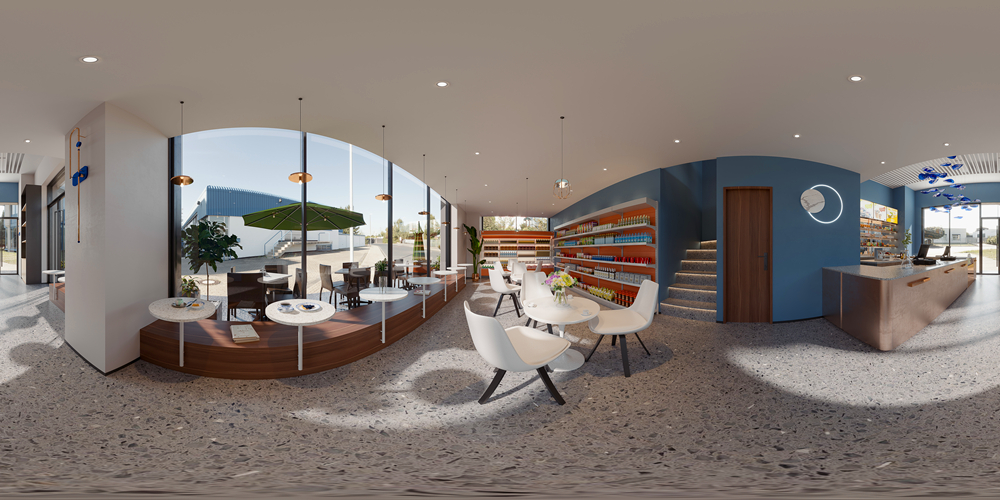
360-degree panoramic renderings are widely used in various fields due to their features of full-angle presentation and immersive experience.
Tourist Attractions: Through 360-degree panoramic technology, users can virtually tour famous attractions around the world, such as natural scenery and cultural heritage, providing an immersive experience from the comfort of their own homes.
Real Estate Showcase: In the real estate industry, 360-degree panoramic technology is widely used for showcasing model homes, community environments, and online virtual house tours, helping customers gain a more intuitive understanding of the actual conditions of the property and improving sales efficiency.

Hotels and Inns: Hotels can utilize 360-degree panoramic technology to showcase the interior of rooms, public areas, and the surrounding environment, enhancing customers' sense of trust and experience, thereby attracting more guests.
Corporate promotion: Companies can use 360-degree panoramic technology to showcase their office environments, production lines, research facilities, etc., to enhance their brand image and showcase their strengths.
Education sector: 360-degree panoramic technology is used in education for virtual campus, virtual laboratories, and safety training, providing immersive learning experiences and enhancing learning outcomes.
Museums and exhibitions: Through 360-degree panoramic technology, museums and exhibitions can provide virtual tours, allowing visitors to appreciate exhibits even if they are not present on site.
Entertainment and leisure spaces: For example, movie theaters and theaters can use 360-degree panoramic technology to provide a unique viewing experience.
Interior Design: In interior decoration design, 360-degree panoramic technology can help designers and clients better understand and optimize space layout, enhance design effects.
These applications demonstrate the versatility and widespread applicability of 360-degree panoramic technology, which can meet the needs of different industries and enhance user experience and efficiency.